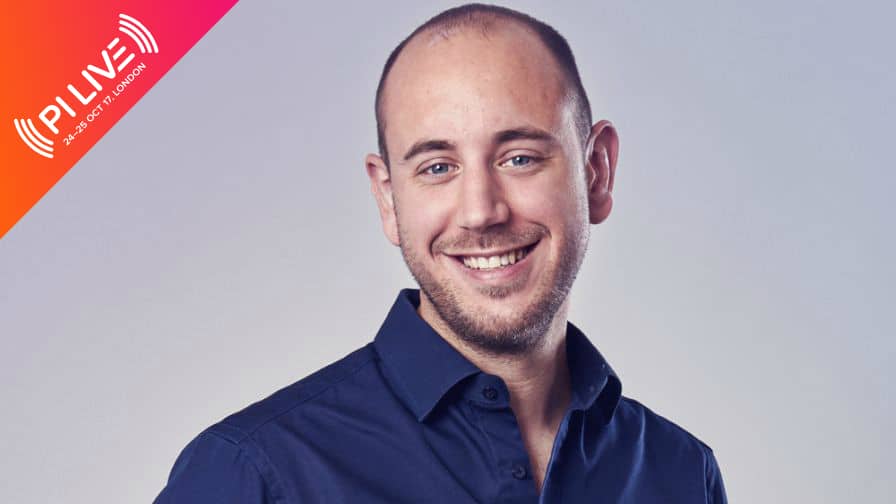Less than one month remains until PI LIVE lands at the Old Billingsgate to celebrate the progress of performance marketing across the globe, and hash out the challenges that await for 2018 and beyond.
Over 80 expert speakers are set to grace the stages over the course of the two days, one of which is Awin’s business innovation director, Edwyn McFarlane, who will detail the various techniques the network uses to break markets across Europe, APAC and the US.
Ahead of the show, PerformanceIN caught up with McFarlane to get a taste of what’s in store for affiliate attendees with international ambitions in his session Global Innovation: A Tour of the Affiliate World.
Hi, Edwyn, firstly, in global terms, affiliate marketing is in pretty rude health, isn’t it?

The maturity and complexity of a market might impact the level of growth but, most importantly, the industry is getting bigger and that’s positive for everyone involved in it.
Is there a one-size-fits-all formula being exercised, or do approaches to affiliate marketing vary greatly from region to region?
EM: Every region is different, and in my session, I explore both the fundamentals and the innovations that you tend to find in each. The variation in publisher types per region is definitely interesting, but probably the best things that we cover are the innovations from around the world. One such example comes from the Australian market, where voucher codes are unlocked by reaching fitness milestones that are synced up with wearable technology – a 10km run is all the more appealing if it has a genuine reward at the end of it! This is just one example and my underlying goal is to bring to life the creativity and innovation within the global affiliate landscape that makes our industry so inspiring to work in.
What sort of factors are influencing these differences in approach?
EM: Generally speaking, there are two major factors that influence the makeup of affiliate marketing in any given region; 1. The digital readiness of that region: This is dictated by internet speed, volume of data centres, the percentage of highly-skilled workforce and time spent online. The more digital ready a region is, the more likely it is that affiliate marketing will be widely utilised and understood within the marketing mix; 2. Consumer behaviour: It’s clear that websites are built in reaction to consumers’ needs and nowhere is this more prevalent in Switzerland where the affluent users have no interest in cashback or voucher codes but do have a great interest in consumer review sites.
Understanding the nuances of each region is a vital step before an advertiser or publisher launches into a new territory. It helps a potential advertiser define their messaging in a way that will resonate with consumers and affiliates alike. In a similar vein, it helps potential affiliates recognise whether their business concept will be adopted by consumers and advertisers in a new market.
How have these findings influenced Awin and some of its partners’ work? Do you have any particular examples?
EM: The main work Awin has done in light of these findings is uniting our platform so that it can serve all territories. There are lots of product-specific creations that have been evolved as a result of this unification, including feed enhancement tools – built for the Dutch markets where 25% of sales come from feed publishers; Relaunching our creative reporting – Italy and Spain are quite focused on display activity; Commission sharing between publishers and services providers – a requirement of the Dutch market where publishers utilise white label solutions frequently; and tracking, reporting and payments in 11 different currencies.
What considerations would you suggest a publisher take into account of before making the leap into a new market?
EM: I talked about consumer behaviour as being the first port of call but actually, there are factors with similar importance. The way you perceive these factors’ importance is aligned to how you plan to launch in a new market. The two options when choosing to launch a proposition abroad are to do it remotely or to set up an office with a localised presence and these are two vastly different approaches. In either scenario, it’s impossible to launch without considering how easy it is to get your first sale in that region, how long it takes, what the payment times are, how the conversion rates compare and what the cancellation and deduping rates are to name but a few factors. Launching with a local presence will have infinitely more factors such as property prices, proximity to advertisers, cost of talent acquisition and so much more. I’ll be exploring as many of the affiliate-specific factors as I possibly can, and I sincerely hope that I can offer guidance for any publisher considering expansion into other markets.
Finally, if there’s one thing attendees will take away from your session at PI LIVE in October, what will it be?
EM: Inspiration. I plan for people to leave the session feeling enthused about the state of affiliate marketing all around the world and where relevant, I want the audience to have an understanding of how to successfully expand into new markets.

